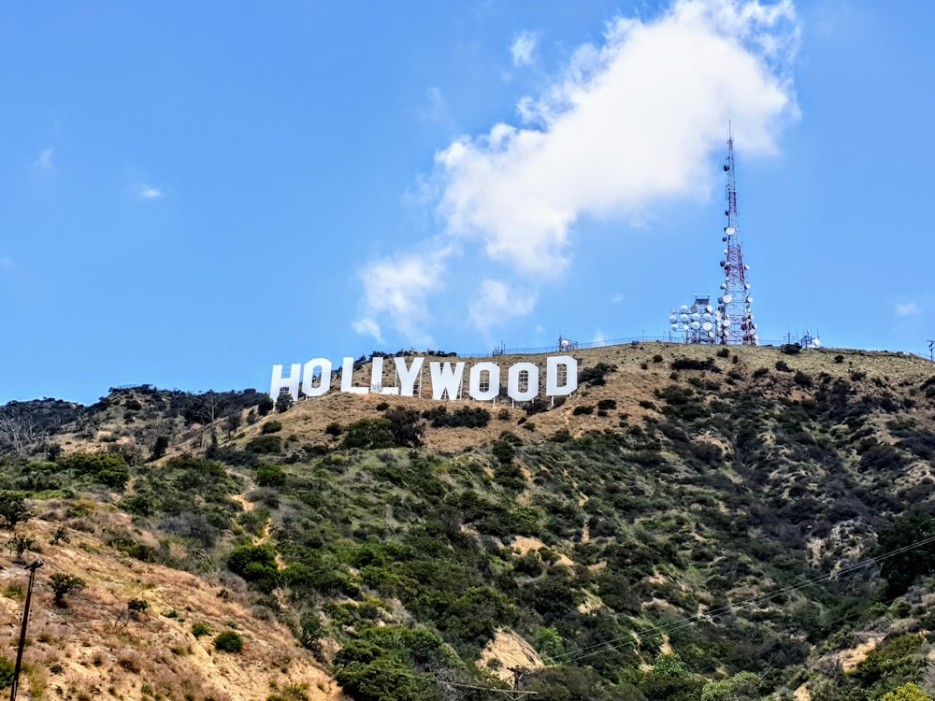
The glitz and glamor of Hollywood have dimmed considerably in 2024. The aftershocks of the lengthy 2023 strikes by the Writers Guild of America (WGA) and the Screen Actors Guild-American Federation of Television and Radio Artists (SAG-AFTRA) continue to reverberate throughout the industry. While a tentative agreement was finally reached after 148 days of strikes, the prolonged work stoppage left a deep scar, leaving many workers facing financial hardship and a disrupted career trajectory.
The most immediate impact of the strikes was felt by below-the-line crew members, the backbone of film and television production. From set designers and editors to camera operators and sound technicians, thousands found themselves sidelined as filming ground to a halt. A report by the Bureau of Labor Statistics showed a staggering decline of 45,000 jobs in the motion picture and sound recording industry since May 2023.
The financial strain extended beyond lost wages. Many freelancers and small businesses tied to the entertainment industry faced mounting debts and the threat of closure. Prop masters, costume designers, and makeup artists, unable to generate income from film work, resorted to selling their personal belongings at swap meets to make ends meet.
The impact wasn’t limited to workers directly involved in film production. Restaurants, hotels, and local businesses in areas with a high concentration of production studios also saw a significant dip in revenue. The economic ripple effect was extensive, highlighting the interconnectedness of the entertainment industry with the broader economy.
Beyond the immediate financial hardship, the strikes also disrupted the career trajectories of many aspiring actors and filmmakers. With productions on hold, new projects were delayed or scrapped altogether. Young actors lost valuable opportunities to audition and hone their craft. Directors and writers saw their dreams of bringing their stories to life put on hold.
While some studios attempted to fill the gap by relying on foreign productions or pre-existing content, the overall production volume in Hollywood fell significantly. This has resulted in a slowdown in 2024, with fewer films and TV shows hitting the screens. Audiences are left with a thinner slate of options, and the overall cultural impact of Hollywood is temporarily diminished.
Despite the bleak outlook, there are signs of recovery. Following the strike, studios are eager to get back on track with a backlog of projects awaiting production. However, a significant challenge remains – rebuilding trust and ensuring a stable working environment for both actors and writers.
The strike highlighted longstanding concerns about fair compensation, residuals, and working conditions in Hollywood. While the new contracts addressed some of these issues, fostering a spirit of collaboration will be crucial to preventing future disruptions.
Additionally, the industry needs to focus on diversifying its offerings and exploring alternative revenue streams. Subscription streaming services and the rise of international markets present potential opportunities to create more content and generate revenue, mitigating the risk brought by future work stoppages.
The 2023 strikes serve as a stark reminder of Hollywood’s fragility. While the industry continues to captivate audiences worldwide, its magic relies heavily on the stability and well-being of its workforce. Finding a way to balance artistic expression with fair compensation and sustainable business practices is vital for ensuring the long-term health and vibrancy of Hollywood.




